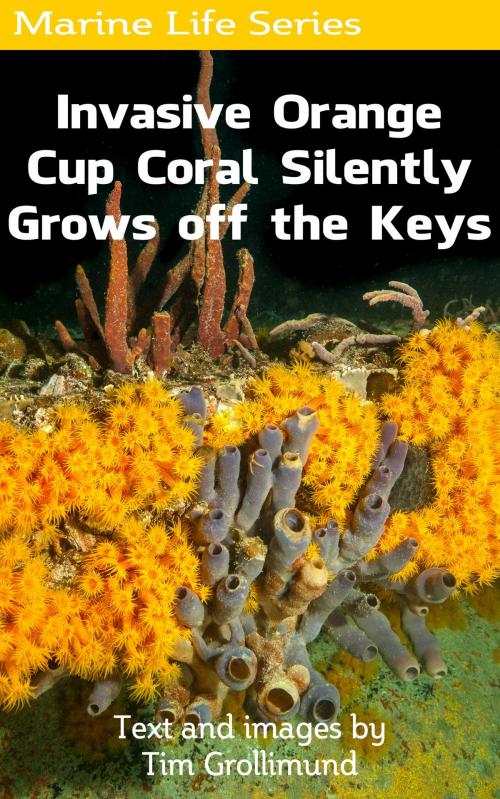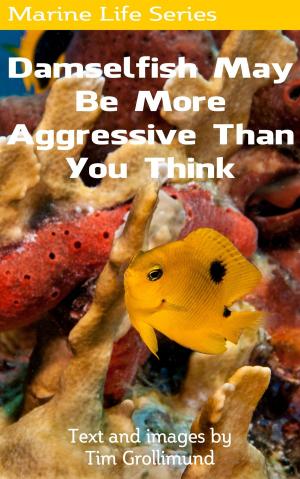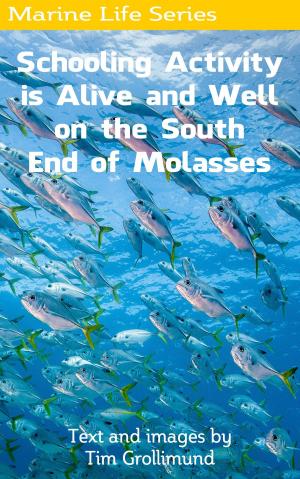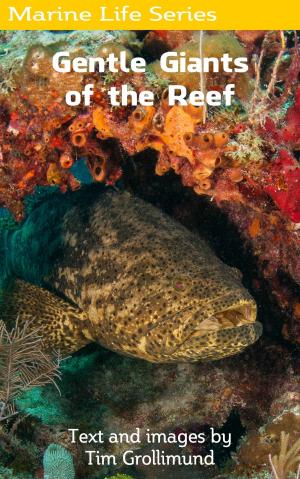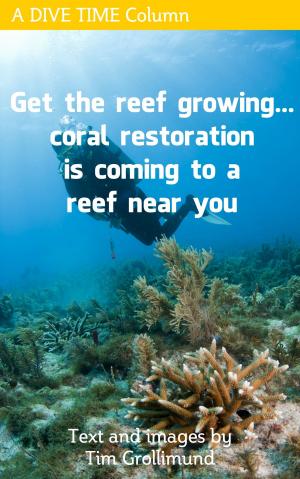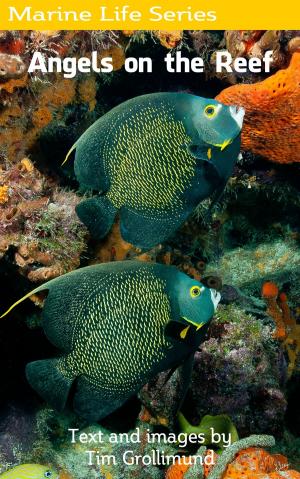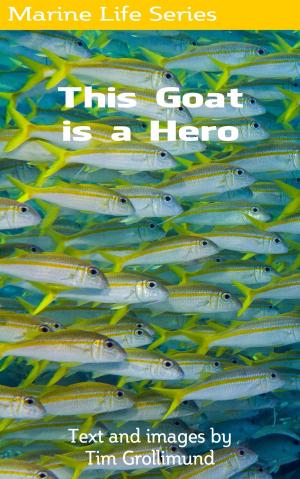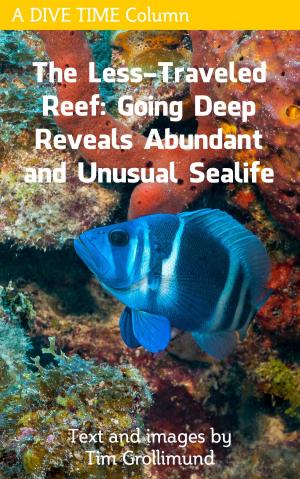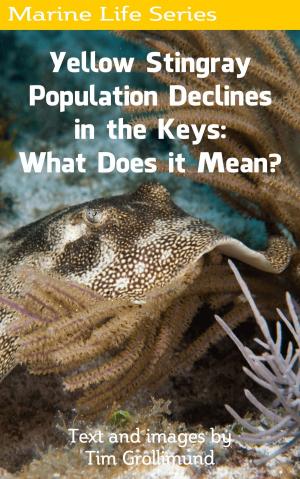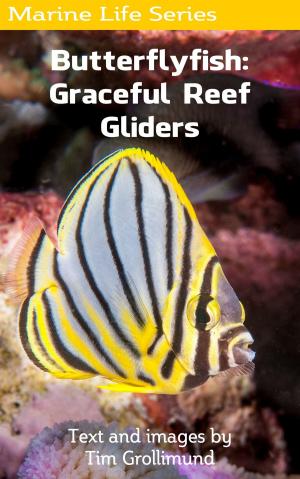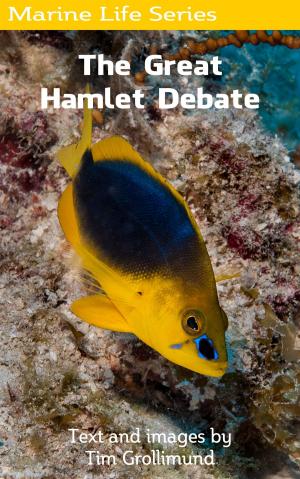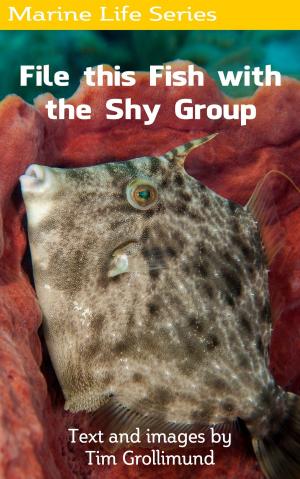Invasive Orange Cup Coral Silently Grows off the Keys
Nonfiction, Sports, Water Sports, Scuba & Snorkeling| Author: | Tim Grollimund | ISBN: | 9781370748860 |
| Publisher: | Tim Grollimund | Publication: | May 20, 2017 |
| Imprint: | Smashwords Edition | Language: | English |
| Author: | Tim Grollimund |
| ISBN: | 9781370748860 |
| Publisher: | Tim Grollimund |
| Publication: | May 20, 2017 |
| Imprint: | Smashwords Edition |
| Language: | English |
"Orange cup coral is an invasive species. While lionfish get all the attention, are subjected to extraction derbies and are appropriately placed on a platter, orange cup coral silently keeps on growing. Fortunately it is much more selective than lionfish. So far it has specialized on artificial reefs, dock pilings and oil rigs.
In the REEF coral identification book there is a two-page spread devoted to orange cup coral. In a study by Douglas Fenner and Kenneth Banks, they note the spread of orange cup coral is quite similar to the pattern of die-off of Diadema urchins. Basically the orange cup coral larvae follow water movements, settle, release larvae, settle, and so on. This process has been progressing for about sixty years, rather than only one year for the Diadema tragedy. Based on that thinking, they postulate it takes about eighteen months from settlement to larval release for orange cup coral.
Interestingly, a study in the Red Sea of an artificial reef over one hundred years old showed that structural differences between natural reefs and artificial reefs are important. For horizontal surfaces, the mix of life on both the artificial and natural reefs was similar. Vertical structure on the artificial reef differs from horizontal on both types, as well as vertical on the natural reef for the composition of the community. The importance of this study was the time element - a shipwreck over one hundred years in age - and how the structural features play a greater role than age in determining the mix of life that builds on the artificial reef.
On the vertical surfaces, water movement, distance above the sea floor and less sedimentation than horizontal surfaces favor orange cup coral growth. Since most of our local reef structure does not have significant vertical wall structure, the artificial reefs will be the prime targets for orange cup coral colonies."
"Orange cup coral is an invasive species. While lionfish get all the attention, are subjected to extraction derbies and are appropriately placed on a platter, orange cup coral silently keeps on growing. Fortunately it is much more selective than lionfish. So far it has specialized on artificial reefs, dock pilings and oil rigs.
In the REEF coral identification book there is a two-page spread devoted to orange cup coral. In a study by Douglas Fenner and Kenneth Banks, they note the spread of orange cup coral is quite similar to the pattern of die-off of Diadema urchins. Basically the orange cup coral larvae follow water movements, settle, release larvae, settle, and so on. This process has been progressing for about sixty years, rather than only one year for the Diadema tragedy. Based on that thinking, they postulate it takes about eighteen months from settlement to larval release for orange cup coral.
Interestingly, a study in the Red Sea of an artificial reef over one hundred years old showed that structural differences between natural reefs and artificial reefs are important. For horizontal surfaces, the mix of life on both the artificial and natural reefs was similar. Vertical structure on the artificial reef differs from horizontal on both types, as well as vertical on the natural reef for the composition of the community. The importance of this study was the time element - a shipwreck over one hundred years in age - and how the structural features play a greater role than age in determining the mix of life that builds on the artificial reef.
On the vertical surfaces, water movement, distance above the sea floor and less sedimentation than horizontal surfaces favor orange cup coral growth. Since most of our local reef structure does not have significant vertical wall structure, the artificial reefs will be the prime targets for orange cup coral colonies."
